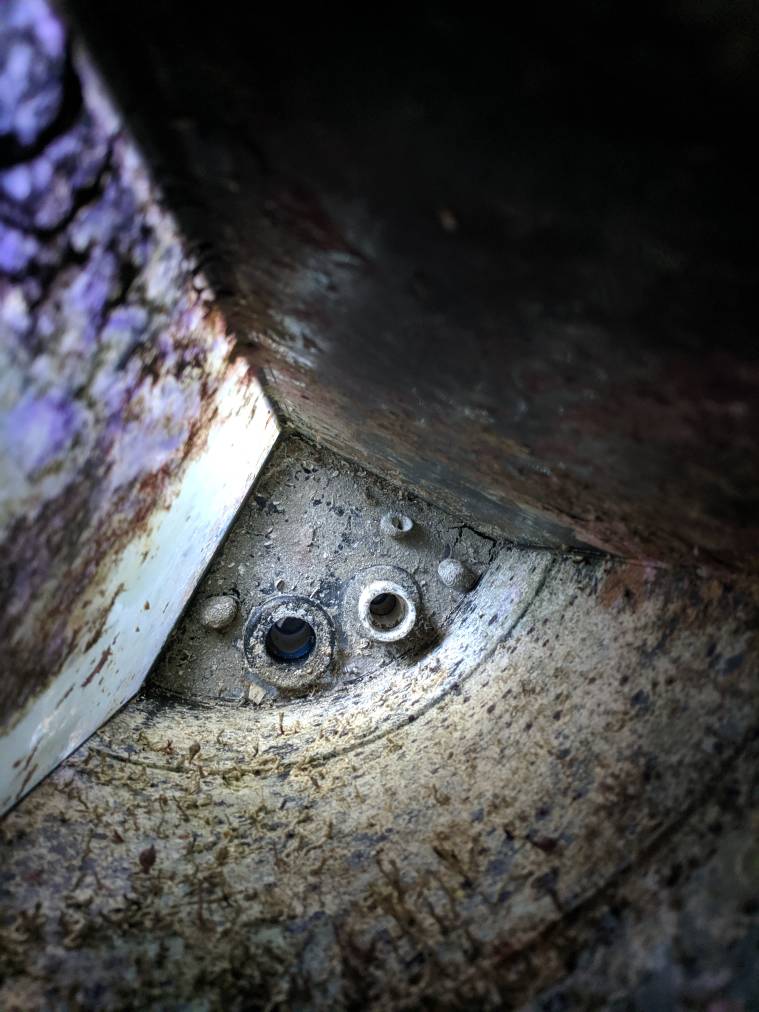Yes I’m thinking that is the problem as well. If I would have a stronger pump and maybe the valve half open would it still pull around 960 gph or is it less? I’m thinking about which pump to buy.
If you have the valve half open on a 1" pipe, it will pull less than 960gph. How much less? I don't know.
I like my sumps lower flow so detritus settles. I run about 2x total volume through my sump. My sump is 100g so about 7x sump volume. I have a 400 gallon system and my return is about 750gph.
If I had your system, I would only want about 200gph max on my return and use 1/2" for the drains.
If you are pushing 900gph on your return, that's 30x total volume through your sump. If you have a 10g sump, then you are running 90x of its volume. That's a fast sump.
Last edited:

